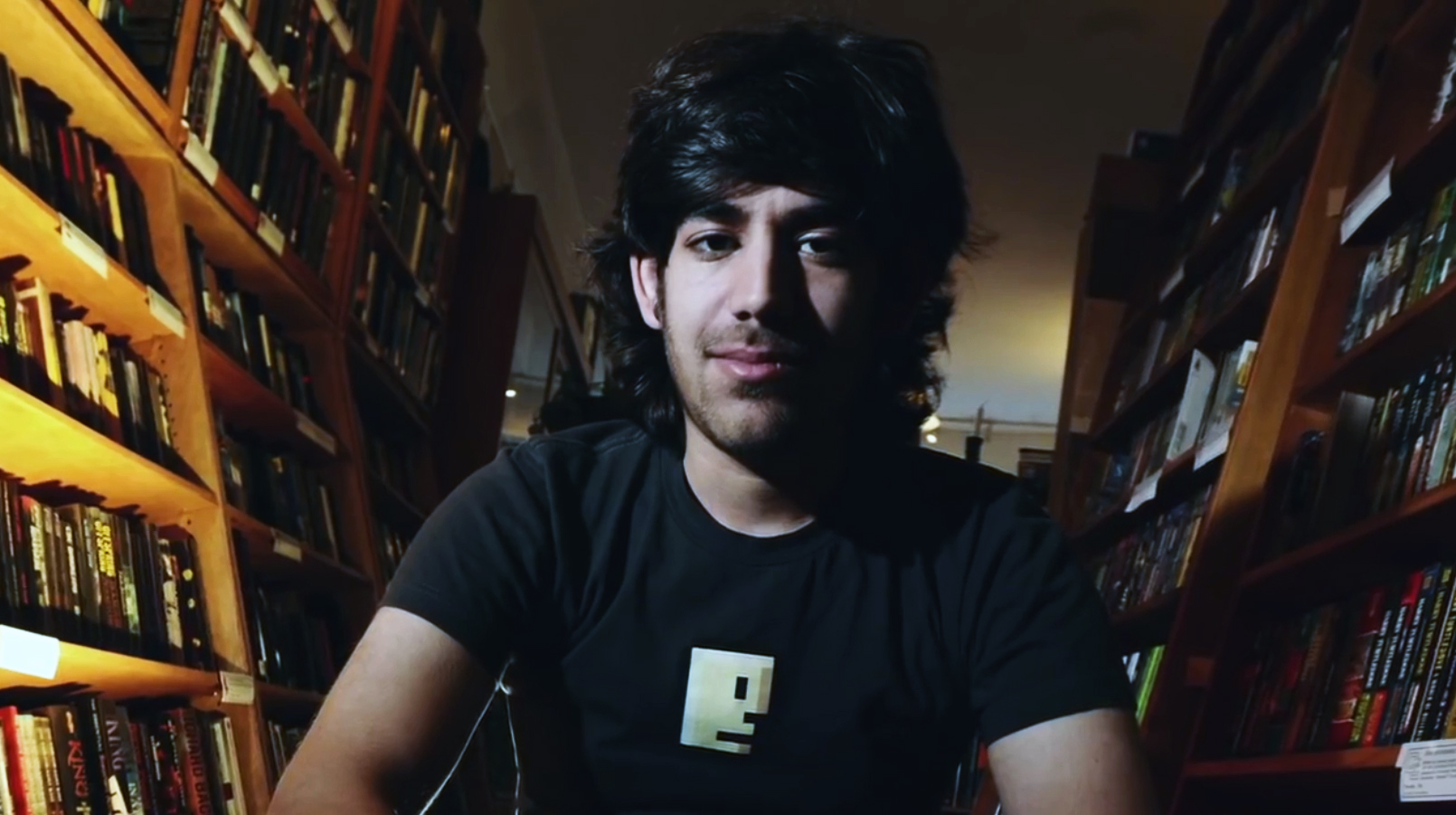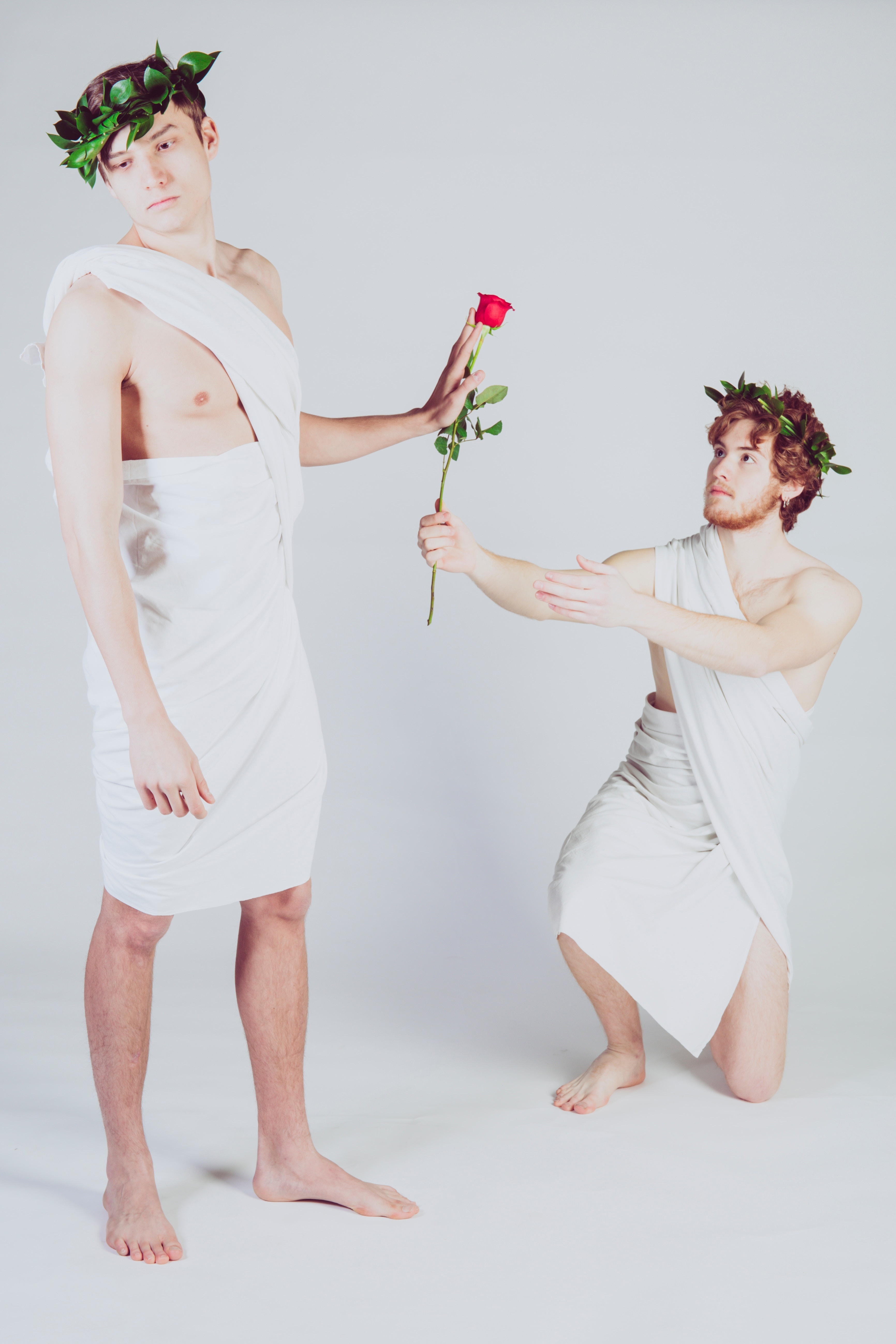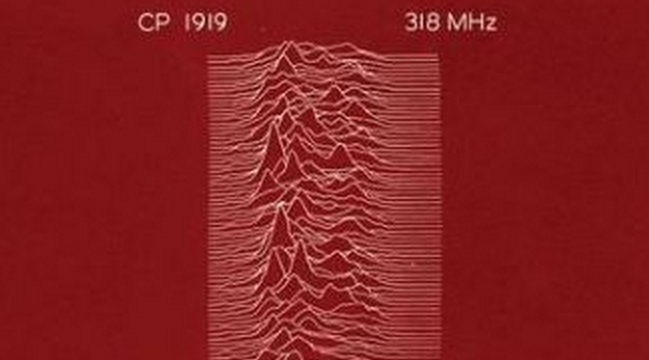Artists aren’t easy people to be around sometimes. Genius and jerk often walk hand in hand. They may suffer for their art, but those who support them often become collateral damage in the quest for immortality. Making a biopic of any artist and balancing the good with the bad seems an almost impossible task. Making a biopic of Pablo Picasso, a classic case study of the genius-as-jerk, that praises the painting while honestly assessing the collateral damage to women has never satisfactorily been filmed. But where cinema fails, maybe the cinematic graphic novel can succeed. The graphic novel Pablo, written by Julie Birmant and illustrated by Clément Oubrerie, is the best “film” ever made about one of the founding fathers of modern art — a portrait of intertwined genius and jerk that never loses sight of either side.
Search Results
You searched for: graphics
Why Banksy’s dystopian vision of the future might be the kind of shock we need to realize the problems humanity faces.
Climate change doesn’t have the emotional characteristics that make it truly deep-in-your-heart scary. Leaders will have to act anyway.
Virtual reality company Fove doesn’t just want to manufacture a VR headset; it wants to make one with eye-tracking technology.
The states of your house, household, and community vary greatly based on where you live. Where does your country stack up against the rest?
The benefits of playing games reach beyond just entertainment — they’re a great outlet. However, at the end of a stressful day, sitting down with a violent video game may not be the best idea.
Balancing Act is an online tool used by municipalities that gives residents the ability to look at and tweak their city’s budget so that there is no deficit.
Bruce Pon, the CEO and co-founder of ascribe, believes that creators should be at the center of the digital economy and that consumers, if provided with an easy and convenient way, will choose the option to reward the creators rather than pirate their work.
The tale of a young man driven to his death for fighting for what is right, and the young woman picking up where he left off.
To mark the centennial of Trappist monk, poet, theologian, and social activist Thomas Merton’s birth, a new exhibition focuses on his photography and how those photos are not just images to contemplate, but also ways of Zen contemplation.
Researchers have found watching events like the 9/11 terrorist attacks or a school shooting unfold over social media may have caused some trauma to viewers. They report some even experience PTSD symptoms.
Most small-business owners or entrepreneurs avoid hiring friends or family because the professional and personal rarely mix well. If it can’t be avoided, the best course of action is to be firm in your dealings.
Tolstoy is the sort of author that requires deep reading for full appreciation. If you don’t have the time for that, there’s always the War and Peace quick-read strategy.
The U.S. Supreme Court issued a ruling this week protecting free speech on the Internet by clarifying the standards by which people can be convicted for making potential threats online.
Language conveys a lot about who we are and how we perceive the world. In terms of human migration, we give out the label of expat or immigrant to foreign migrants, and each word has its own connotation.
How do we know that the fluctuations in the cosmic microwave background aren’t polluted by everything Hubble reveals? “Silently, one by one, in the infinite meadows of heaven,Blossomed the lovely […]
“Exposure” and “experience” are rarely worth uncompensated labor.
The leading research and technology company in the Nordic countries, VTT Technical Research Centre in Finland Ltd, has developed a mass-production method that allows the manufacturing of decorative organic solar panels that can be used on a variety of surfaces.
Be a Patron for Starts With A Bang and bring the Universe to everyone. “The universe is big, its vast and complicated, and ridiculous. And sometimes, very rarely, impossible things […]
The latest Scholastic Kids Family Reading Report is out and among its many findings is a reiteration of how important it is to allow children a degree of autonomy when planning their reading routines.
If you have to say “never forget,” you’ve probably already forgotten.
After seeing these pictures, you’ll switch to raising your own. “People speak sometimes about the “bestial” cruelty of man, but that is terribly unjust and offensive to beasts, no animal […]
#3) Avoid toxic people. They’ll just hold you back.
You know what’s toxic? Dividing all of humanity into two categories.
Winners of the 2015 Sundance Film Festival have been announced and distribution deals have been cut (to the disappointment of on-demand platforms like Netflix and Amazon).
Joy Division’s iconic “soundscape” was designed by a Cornell University astronomer.
By the 1960s the two most criticized art forms in America were modern art and television. Some critics called modern art mystifying junk, while others targeted TV as anything from trash to a threat to democracy. Revolution of the Eye: Modern Art and the Birth of American Television at The Jewish Museum, New York, hopes to redeem both media by exploring how modern art provided an ethos and aesthetic for early television — a debt repaid later as television, in turn, inspired a new generation of modern artists, including Andy Warhol, who began as a modernist-influenced graphic designer for, among other clients, television networks. By looking back at modern art and television’s mutual love affair from the 1940s to the 1970s, Revolution of the Eye challenges us to reflect on the artistic aspirations of TV’s latest golden age.
Florida-based startup Magic Leap has been the talk of the tech world ever since securing a major grant from Google. Now it’s hired a respected sci-fi author to help guide their work.
Only very rarely are artists able to pay their bills through their craft. But that doesn’t mean they’re only relegated to boring desk jobs. In fact, many are able to use their skills to earn a living.
Your Kindle software update may have already updated the fonts and graphics on your device, but did you know that a new feature will now allow you to treat e-books like real books and give you the ability to share them with your family members?


























